
Urban Still Life I | Laser print | 125x90 cm | 1/5 | 2013
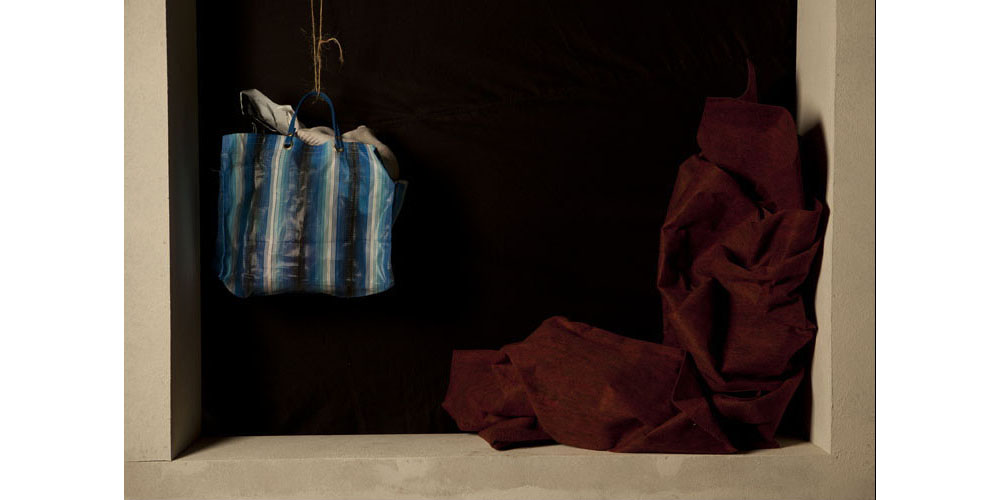
Urban Still Life II | Laser print | 125x90 cm | 1/5 | 2013
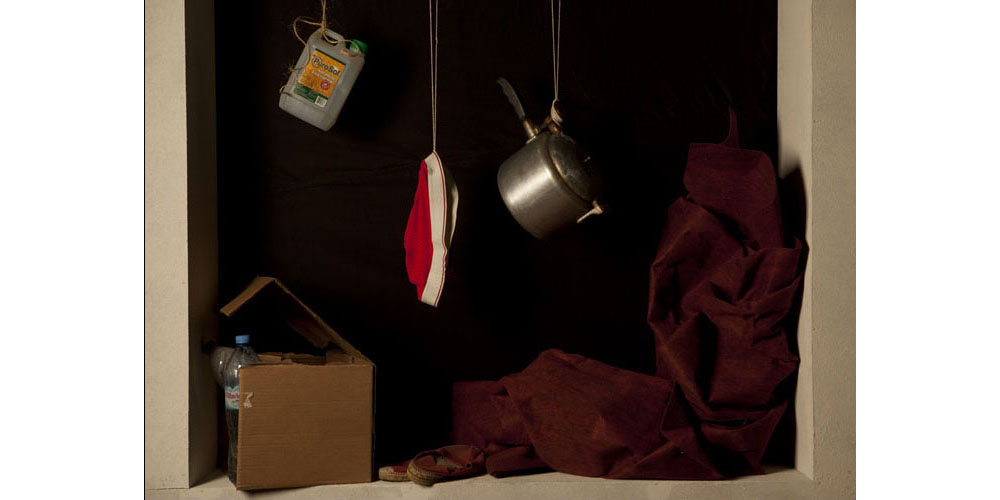
Urban Still Life III | Laser print | 125x90 cm | 1/5 | 2013
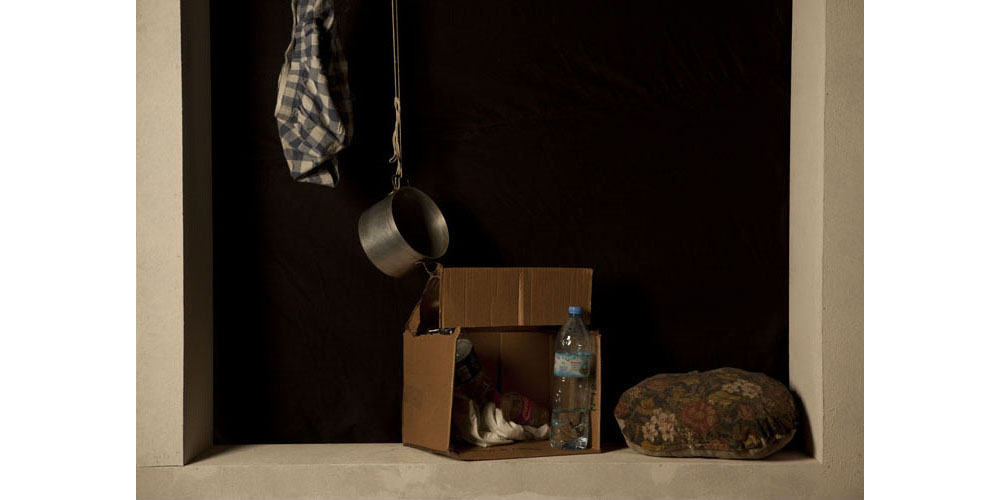
Urban Still Life IV | Laser print | 125x90 cm | 1/5 | 2013
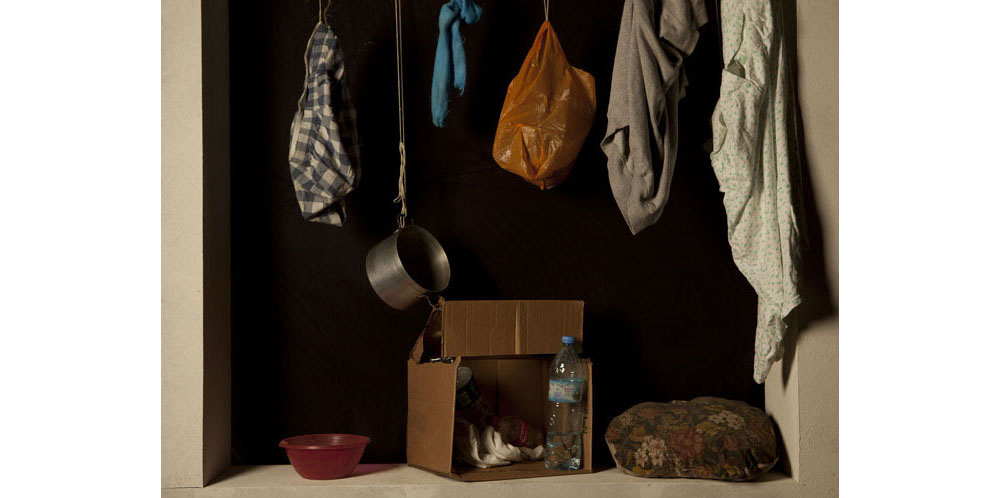
Urban Still Life V | Laser print | 125x90 cm | 1/5 | 2013
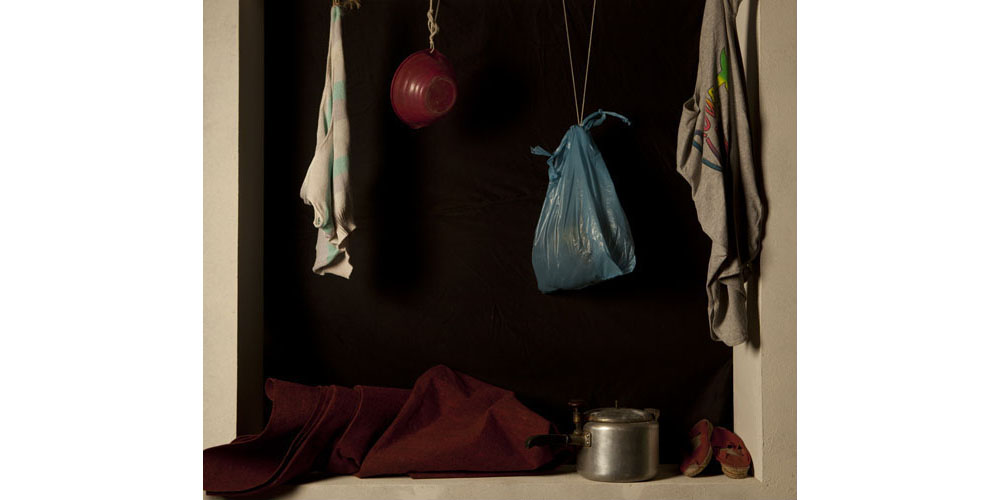
Urban Still Life VI | Laser print | 125x90 cm | 1/5 | 2013
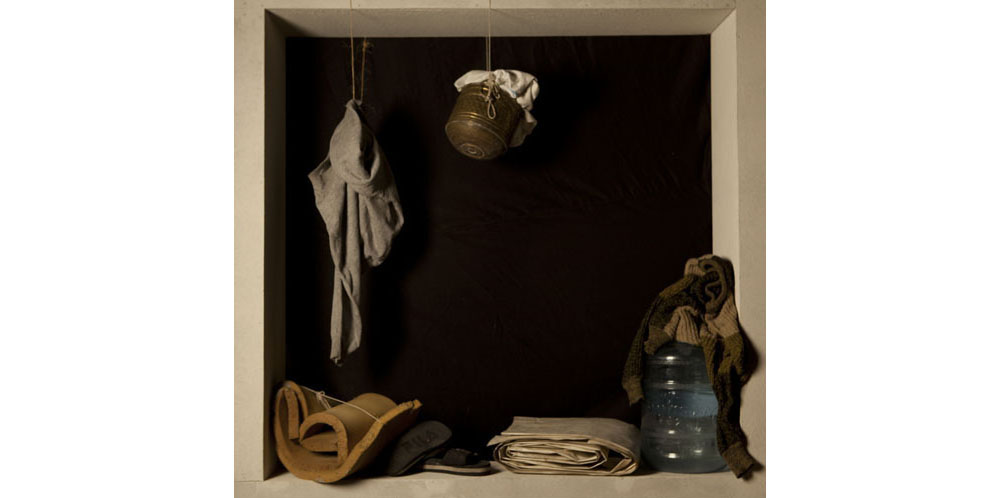
Urban Still Life VII | Laser print | 125x90 cm | 1/5 | 2013
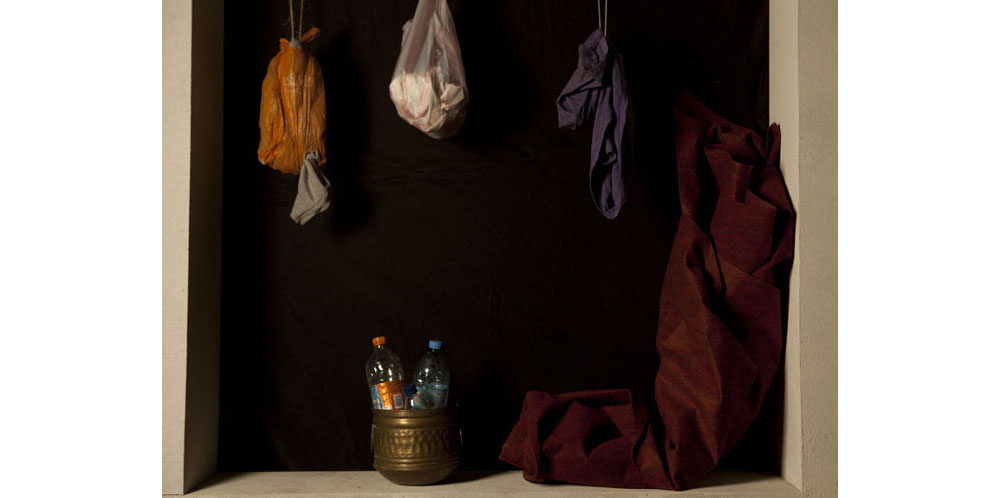
Urban Still Life VIII | Laser print | 125x90 cm | 1/5 | 2013
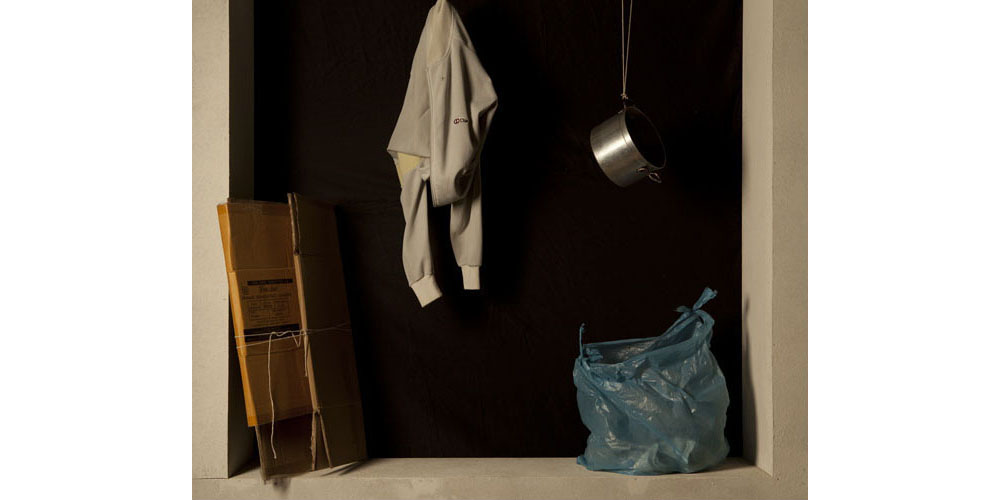
Urban Still Life IX | Laser print | 125x90 cm | 1/5 | 2013
MR | Urban Still Life
We have always been interested in Sanchez Cotán due to his doses of mystery, to unsolved blanks, to the recent rediscovery and assessment, to his alternation between his civil life which ended up committed in a Carthusian monastery, to his art, above all his mysterious and neat Still Lives which, appraised in his times, they did not meet international fame, though- until the exhibition at the Museo del Prado in 1935.Also, his small number of works (just 9 -from which only 7 are known) makes us fancy and imagine where the other two would be, if they were to be found in a secret collection or if they disappeared in a fire. So, addicted to historical fiction, we set out the task to complete the work by Sanchez Cotán, incorporating the two missing ones with our photographs…Almost by the same time, amazed at the high rates of misery and homeless people in Buenos Aires, we found ourselves doing a series –also unfinished- which we named “URBAN STILL LIVES”; they are photographs taken in the streets, streets of bags, packets, worn-out clothes, and leftovers of food, things that the homeless have left behind at the doors of shops, banks, or shop windows in a way to fix personal boundaries, to show that door was theirs and that that would be their home to spend, in a precarious and inhumane way, the imminent night. Surprisingly, the frames of shop windows had a lot more to do with the boundaries of the cabinets painted by Cotán where he framed his still lives and -at the same time- those same signalling objects of ephemeral properties left by ‘porteño’ vagabonds, bags filled with absurd objects, with dirty and stinking clothes, plastic bottles filled with water from public fountains… they all had a lot to do with their spatial layout with the objects represented as fruit, vegetables, flowers and birds that starred in the still lives of the artist.
This coincidence, established with over 4-century’ difference between the still lives by Sanchez Cotán and our series-social complaint against misery and abandonment of social policies towards the least fortunate, had a weird coherence that made us think about the possibility to go even further in this relationship, to narrow the gap between the Carthusian monastery and us, to achieve a certain artistic continuity beyond the centuries, to bring our aesthetic positions closer in order to converge in a formal perfection, already achieved by the master, adding the social complaint which is obligatory in our work.
How would we achieve this hallucinating journey through Art History?
The first premise was to see how to substitute fruit, vegetables and flowers by habitual objects for the homeless. In this way we decided to acquire objects that –because of their form, size, colour seemed adequate for our purposes and the proper homeless people.
We decided not to shoot or document this transaction as we did not want to add anything that could look biased or similar to a marketing message to the pretended purity of our photographs (as they would boast the same or similar purity as master Cotán’s still lives). However, these objects should show a certain patina of use, the mystery and diversity of their origin. Still lives are, apparently, images where nothing sensational occurs, everything is in fact irrelevant. Our intention was to introduce a context, a contemporary tale. It was also very important to keep a relation as regards the colours used, not by copying them, but trying to keep the same chromatic contention to make the photos show the same reserved and timeless quality of the still lives.
In the studio, we made a white window (recreating Cotán’s cabinets) and corresponded each fruit, vegetable or object with one of the objects previously purchased. In this way the white thistle became a strong maroon rug used by the vagabond to isolate his body from the ground, the partridge became a worn-out red underwear piece, carrots turned into an orange plastic bag with a can and plastic bottle in it… producing in this way an iconographic and thematic transition from the beginning of the XVII century to the XXI one. We organized our objects according to the photographs we had of the still lives, inside a window frame trying to reproduce the same or producing a similar position. We used a light spot and a flash attempting to reach luminosity similar to the one in Cotán’s paintings. We were surprised to see how the white frame and the light brought these two worlds apart, closer.
There is big contrast between the spatial depth generated by dark backgrounds and the abstract simplicity of the window. These windows are like photo frames, like shop windows on sale, like frames of a desirable product, like predecessors to modern advertisements; the same disposition of the products, their categorization, the visual impact study… they all confer this characteristic. There is also interest to configure them as objects beyond their real being, with a hyper realistic intention. It is just like advertisements advertising underwear: they are intimate and at the same time, public.
That is exactly what we set out to show with our photographs, just in this case the advertisement did not only include the exhibition of an intimate situation from concrete people –the owners of the objects- but also comprised it in the formal complaint of grave injustice committed against more and more people each time while the rest pretends to ignore it.